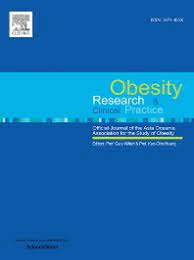Comparison of body mass index with abdominal obesity indicators and waist-to-stature ratio for prediction of type 2 diabetes: The Isfahan diabetes prevention study
Authors
Affiliations
Abstract
Objectives: The aim of this study was to compare the ability of the body mass index (BMI), waist circumference (WC), waist-to-hip ratio (WHR) and waist-to-stature ratio (WSR) to predict progression to diabetes in non-diabetic first-degree relatives (FDRs) of patients with type 2 diabetes.
Methods: A total of 704 non-diabetics FDRs 20-70 years old in 2003-2005 were followed through 2008 for the occurrence of type 2 diabetes mellitus. At baseline and through follow-ups, participants were underwent a standard 75 g 2-h oral glucose tolerance test. Prediction of progression to type 2 diabetes was assessed with area under the receiver operating characteristic (ROC) curves based upon measurement of BMI, WC, WHR and WSR.
Results: The incidence of type 2 diabetes was 3.3% per year in men and 4.8% in women. BMI, WC and WSR were related to diabetes. These three obesity indicators have similar associations with incident diabetes. Areas under the ROC curves were 0.625 for BMI, 0.620 for WC, 0.611 for WSR and 0.538 for WHR.
Conclusions: These data indicate that BMI was as strong as WC or WSR in predicting progression to diabetes.
Keywords: Diabetes mellitus; First-degree relatives; Body mass index; Waist circumference; Central obesity; Abdominal obesity; Risk factors

